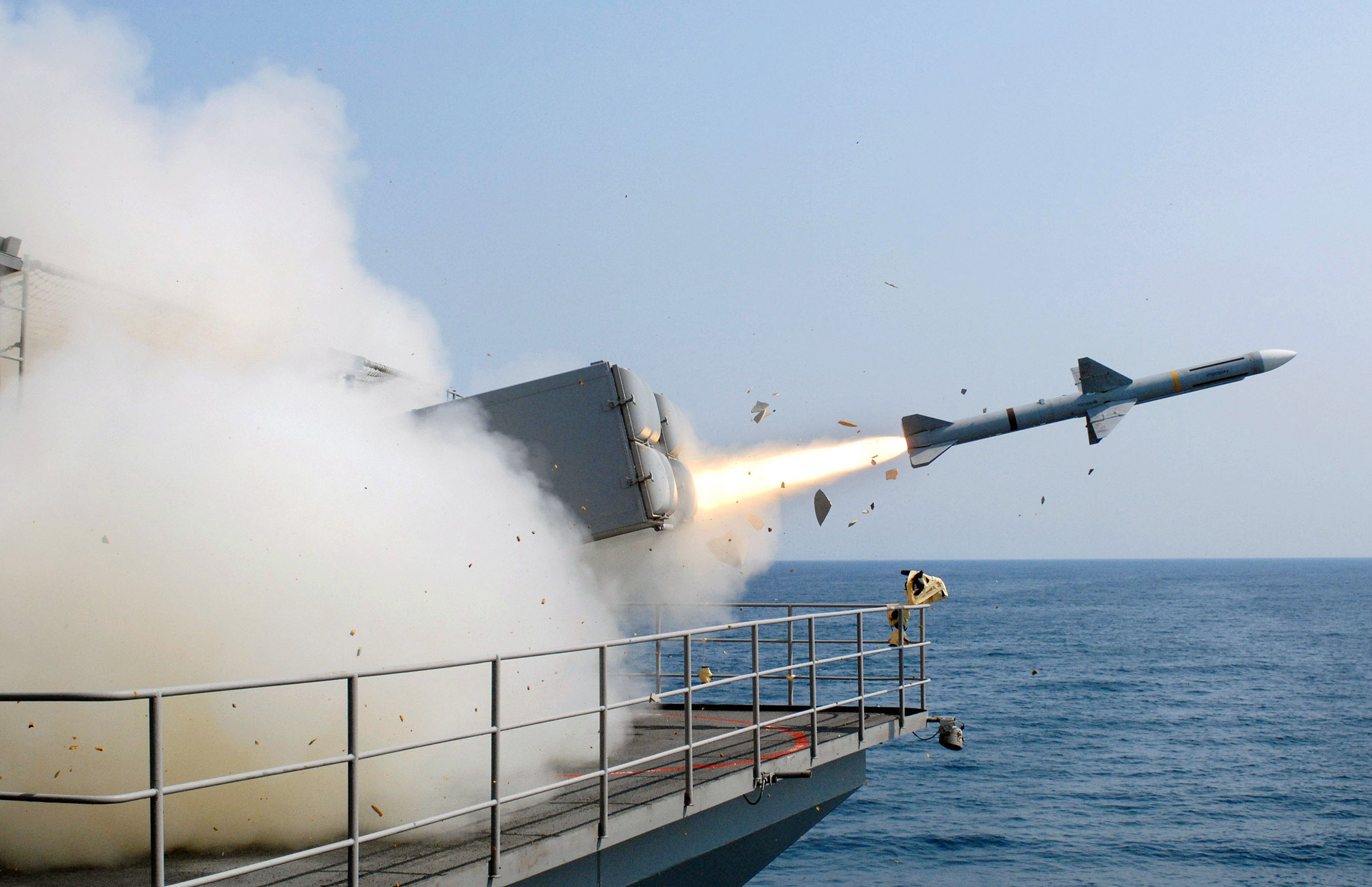The Indian Air Force (IAF) operates multiple foreign-origin fighter aircraft, including Soviet-era MiG-21s and MiG-29s, French-origin Mirage 2000 and Rafale, the Anglo-French Jaguar, and Russian-origin Sukhoi-30s aircraft. Due to the variety of fighter aircraft, the IAF faces challenges in carrying out maintenance, repair, and overhaul across its fleet. In the case of aircraft that have been purchased off the shelf from an original equipment manufacturer, servicing the aircraft is tough challenge. The main reason behind this challenge is the lack of spares and components required to keep the aircraft airworthy.
Between 1982 and 1985, India procured 51 Mirage 2000 aircraft from French firm Dassault Aviation in fly-away condition. The Indian aircraft industry never produced the Mirage aircraft itself under licensed manufacturing, unlike Soviet-origin aircraft. However, India twice attempted to buy Mirage aircraft in large numbers.
In the first attempt during the 1980s, India intended to procure around 150 Mirage aircraft, 40 in fly-away condition, followed by the licensed manufacturing of 110 aircraft by Hindustan Aeronautics Limited (HAL) with complete technology transfer. However, the Soviets pressured India to purchase their newly developed MiG 29 aircraft instead.
After the Kargil War in 1999, India made a second attempt to purchase more Mirage aircraft from France. Unfortunately, the production of these aircraft was eventually abandoned since Dassault Aviation, the manufacturer, was focused on the development and production of the Rafale aircraft. This was the second missed opportunity for India to acquire additional Mirage aircraft, which could have been licensed for manufacturing in India.
Throughout its active service of four decades in the IAF, the Mirage 2000 aircraft has been the mainstay fighter aircraft of the air force. The aircraft played a decisive role in the 1999 India-Pakistan Kargil War. Likewise, in Operation Bandar, India’s retaliation to the 2019 Pulwama terror attack, the Mirage aircraft was chosen to bomb targets inside Pakistan. Moreover, the aircraft has been part of India’s nuclear triad, a capability to launch nuclear weapons from sea, land, and air. Thus, the aircraft is a credible, reliable, and potent platform in the IAF’s arsenal.
In February 2024, some Greek media reported that Greece’s government had decided to sell its decommissioned Mirage 2000 EGM/BGM standard aircraft to India. However, it appears that most of the sales will go toward maintaining India’s current Mirage fleet. Although some airframes may be in a flyable condition, upgrading them with modern technologies may not be feasible due to cost constraints. Therefore, it is probable that the airframes will be utilized exclusively for spare parts.
The existing Mirage fleet operated by the IAF has key shortcomings, including the lack of a new engine, AESA radar, integrated EW suits, network-centric warfare capability, and a next-generation weapon package. The IAF faces the tough task of maintaining the technological relevance of its Mirage aircraft fleet for the coming decades. The advancements mentioned earlier can be incorporated through upgrades. However, the airframe has a limited certified life, and the production of the aircraft was abandoned a decade ago by Dassault Aviation, so supplying the critical spares is a painstaking task. This makes it challenging for the IAF to keep the aircraft airworthy into the future.
In 2011, India signed a deal with French firm Thales to upgrade 51 Mirage 2000-H standard aircraft to the 2000-5 standard. Under the $2.1-$2.2 billion upgrade package, two aircraft were scheduled to be upgraded at the Thales facility in France while the remainder would be upgraded at the HAL facility in India. The upgrades included avionics upgrades, integration of advanced electronic warfare suits, navigation system upgrades, glass cockpit, weapon upgrades, and so on. Nonetheless, the costs of the upgrade package became controversial and time-consuming as the process was still underway a decade later.
In 2021, the IAF signed a contract with the French government for the acquisition of 24 retired Mirage aircraft worth 27 million euro that will be used for critical spares and components needed to keep IAF’s existing Mirage fleet airworthy through upgrades. This was the second such deal signed by the IAF to maintain the Mirage fleet operational. In 2020, a deal was signed with the French Air Force for the purchase of 16 phased-out Mirage aircraft.
The Mirage aircraft has been in active service of the IAF for almost four decades. Most of the current users globally are replacing it with more advanced aircraft. For instance, the United Arab Emirates (UAE) and Greece have signed contracts to procure the Rafale aircraft, which will likely replace their existing Mirage 2000 fleets. In 2023, the UAE signed a contract to purchase 80 Rafale aircraft, while Greece signed a contract in 2020 to acquire 18 Rafale aircraft to replace their aging Mirage 2000s.
Weapon systems always have a certified technical life, beyond which their usage is either harmful or ineffective. A midlife upgrade offers some lethality, and can modernize critical systems such as avionics, weapon packages, electronic warfare suits (EWs), and communication systems. In exceptional cases, the engine also gets replaced. In the case of India’s Mirage, upgrades have replaced nearly everything, except for the engine.
However, defense technology is constantly evolving. In the case of electronics, avionics, communication, and weapons, advancements are rapid. For instance, passive electronically scanned array (PESA) radars are now being replaced with active electronically scanned array (AESA) radars. Going further, gallium arsenide semiconductor-based radars are now being replaced with gallium nitride semiconductor-based radars – without replacing the engine and modifying the radome, more power can be generated through the upgraded radar and more detection range can be achieved. Similarly, other sensors are now being made with the use of a gallium nitride-based semiconductors that are extensively enhancing the performance of the older generation aircraft.
In 2021 the United States Marine Corps installed the APG-79 (V) 4 gallium nitride semiconductor-based AESA radar on their legacy F/A-18A-D Hornets. The legacy Hornets have relatively smaller radome size and are powered with two less powerful GE-404 engines with a maximum thrust of 80-85 KN per engine. Despite this, the gallium nitride semiconductor-based radar was equivalent to the F/A 18 Super Hornets in terms of performance without the installation of the new engine and larger antenna. These kinds of advancements help in keeping older aircraft relevant in modern-day warfare.
According to the IAF’s plan, the indigenous light combat aircraft Mark II will be the ideal replacement for the Mirage 2000 aircraft. However, delays in the development of the aircraft are causing the IAF to further extend the operation of Mirage 2000 beyond 2040, though earlier it was decided to retire the aircraft by 2030. In 2011, the mid-life upgrade of the aircraft commenced and that has continued. Meanwhile, software, sensors, and avionics have witnessed revolutionary changes such as the introduction of gallium nitride semiconductors, network-centric warfare, integrated EWs, AESA radar, and modern weapon packages.
The issue at hand is that the Mirage aircraft were not manufactured in India through licensed manufacturing, unlike other aircraft such as MiG 21 which were manufactured domestically in India. Despite being in service for almost six decades, the MiG 21 has not faced any issues related to spares as India has gained the necessary technology to manufacture the aircraft, and therefore spares, domestically. However, this is not the case with the Mirage aircraft, as they were acquired off the shelf in fly-away condition.
India may face similar issues with the Rafale aircraft due to its acquisition through an off-the-shelf mechanism, rather than being manufactured under license as originally intended. To avoid potential problems with serviceability and availability of spares, India may need to procure more Rafale jets through the 114 multi-role fighter Aircraft tender, which would enable the establishment of a production line in India. This would ensure there are no future issues with serviceability and availability of spares over the lifetime of the aircraft.





















Discussion about this post